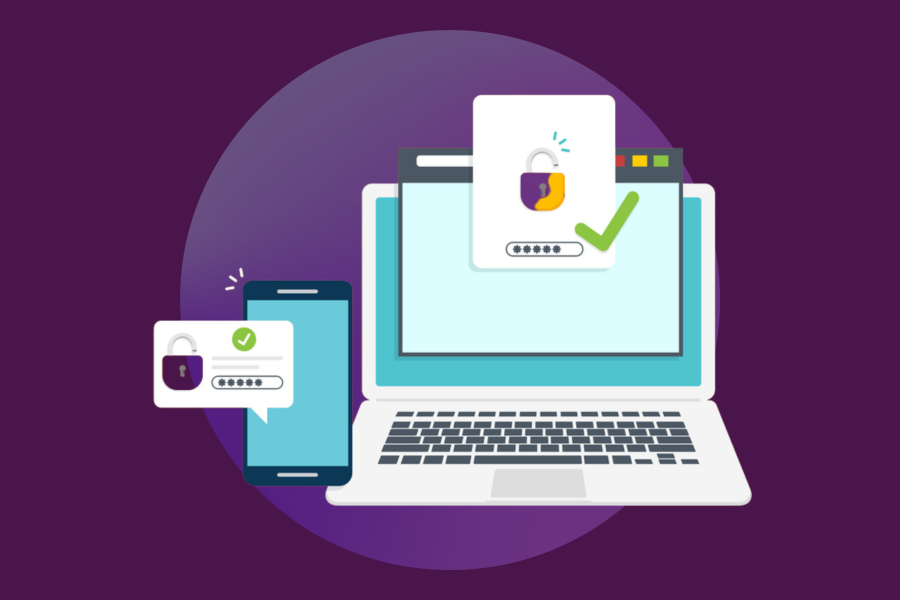With many teams putting in place temporary plans to ramp up social distancing, Stanford Slack is becoming an even busier place. While there’s no one universal right way to use Slack, you can leverage these best practices to stay engaged, informed, and productive.
Let people know who – and where – you are
Chat works better when everyone knows a little more about each other and expectations are clearly defined.
- Update your profile: Add or update information. Be sure to include your full name, role at Stanford, department, and phone number. It’s also a nice idea to upload an image, or at least an avatar, so others can quickly identify your chats.
- Fill in your planned work hours: Let people know when you’ll be online. Take it one step further by integrating your Outlook Calendar with your Slack account so your teammates know when you’re in a meeting and when you’re available to chat.
- Keep your status updated: Tell everyone when you’re working remotely, out sick, or even at lunch. Putting this information in your status instead of posting it in the channel, keeps the channel noise down.
Slack with kindness
Mind your manners to ensure that you’ll always Slack harmoniously with your coworkers.
- Join the conversation: You can join any public Stanford Slack channel to listen in, ask a question, or engage with colleagues. On the flip side, make an effort to be welcoming when you notice a new member in a channel you belong to.
- Understand a channel’s purpose: You’ll find these details in the channel header. Try to stay on topic. If you find yourself veering off for too long, you may want to start a new channel or a private chat with one or several others.
- It’s ok to ask: Of course, sometimes it’s hard to know which channel is the most appropriate place to post your question or comment. If you’re unsure, it’s ok to jump in and ask.
- Think before you type: Although Slack is an informal chatroom, always keep your interactions respectful and professional.
- Slack works asynchronously, too: Everyone doesn’t need to be online at the same time. When communicating asynchronously, be sure to put enough information in your message to enable your recipient to respond when they’re available – even if you’re not around to answer follow-up questions.
Beyond the basics
Ready to Slack like a pro? Read on and up your game.
- Start a thread: Make threads your default choice when responding to messages in a channel. Especially in busy channels, threads make it much easier for your colleagues to catch up and find what they need.
- Use emojis: These can be a great substitute for a brief message, like “thank you,” “congratulations,” or “will do.” You can also use an emoji to signal that you’ve seen a message and will respond when you can.
- Keep track of action items: You can click on the star to flag messages you want to remember or need to follow up on.
- Set reminders: If you don’t have time to respond or take action right away, ask Slack to remind you to come back to it later.
- Use mentions as needed: Use @mention to get the attention of a person or several persons in Slack. When you do this, Slack sends out a notification to that person. But be warned, when you use @here or @channel for large groups or even the entire channel, it can be disruptive. So do so very, very sparingly.
- Format your messages: This is easy to do and adds clarity to your posts.
- Continue the discussion face-to-face: Slack is a great tool, but sometimes you just need to move to a Zoom call.



